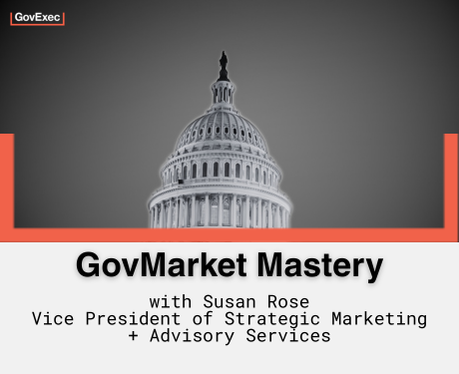Across the nation, state and local government agencies are working feverishly to modernize their systems, enable a better citizen experience, and manage a more remote workforce.
When you consider the opportunity, it’s truly astounding—state and local government entities are set to unleash a staggering $2.3 trillion on technologies and services this year.
To put that into perspective, that’s Brazil’s entire GDP, and Brazil is the 8th largest economy in the world.
With that much money in play, the competition is fierce for government contractors. New businesses registering are up 20% (Source: GovTribe), while state and local government employees are overwhelmed. We’ve heard executives in big cities, small counties, and states lament the number of cold sales calls they get a week (sometimes up to 40 calls and 5x that in emails!).
The blueprint for winning in the state and local market has changed.
- Discovery, learning, and evaluation are done online, with 67% to 80% of the buying process happening without any sales rep engagement.
- Governments are buying more narrowly with more information at the onset about what is both available and required to meet their needs now and in the future.
- The buying committee has expanded in a way that sellers often need to educate and engage 15+ individual decision-makers before a project can move forward.
- Government buyers expect vendors to walk in the door fully aware of their priorities, underlining the crucial need for comprehensive understanding. (Some are even infamous for ending meetings abruptly if a sales rep asks, “What is keeping you up at night?”)
Gone are the days when companies could pair an RFP aggregator with attendance at a handful of conference events to fill their pipeline and hit their number. To win in this new environment, you need a more modern approach.
In this four-part series, we’ve put together a modern blueprint for your next state and local win.
Step 1: Get intelligence, not data.
Understanding who is buying what and when is table stakes.
No budget document or strategic plan will help your marketing team create the right asset to attract a qualified lead, or a sales rep understand what will resonate when they’re in the room.
With new tracking tools and rapid improvements in scraping, the amount of data available to a state and local go-to-market team tracking thousands of accounts has exploded. But no company has the time or resources to make sense of it all.
To win, you need to work smarter, not harder.
Strategy 1
Invest in an intelligence platform, like GovTribe, which can:
- Serve up open contracting opportunities from all accounts across the country.
- Provide insight into who is winning similar contracts.
- Recommend relevant opportunities based on your wins.
- Leverage AI to do market research so you can get ahead (and stay ahead) of the RFP.
HOT TIP: Pair this with our new AI lead intelligence tools, which map buyer intent data to prospects by leveraging our proprietary first-party data for more actionable insight.
Strategy 2
Specify which accounts are crucial to hitting your number, then dive deep.
- Organize your resources to understand incumbents.
- Clarify buying processes and preferences.
- Map the critical decision makers and their team/influencer group, follow them on LinkedIn to see what they like, and set up news alerts to understand the issues they’re responding to daily.
These strategies are not mutually exclusive. They will give you rich insights to cut through the noise and win.
The right intelligence is the only data you need.
In a market where 90% of sales go to the first company at the table,
you should have started yesterday.
Reach out to Solutions@GovExec.com to implement the best intelligence for a winning strategy.
Stay tuned for Part 2 of this series!


